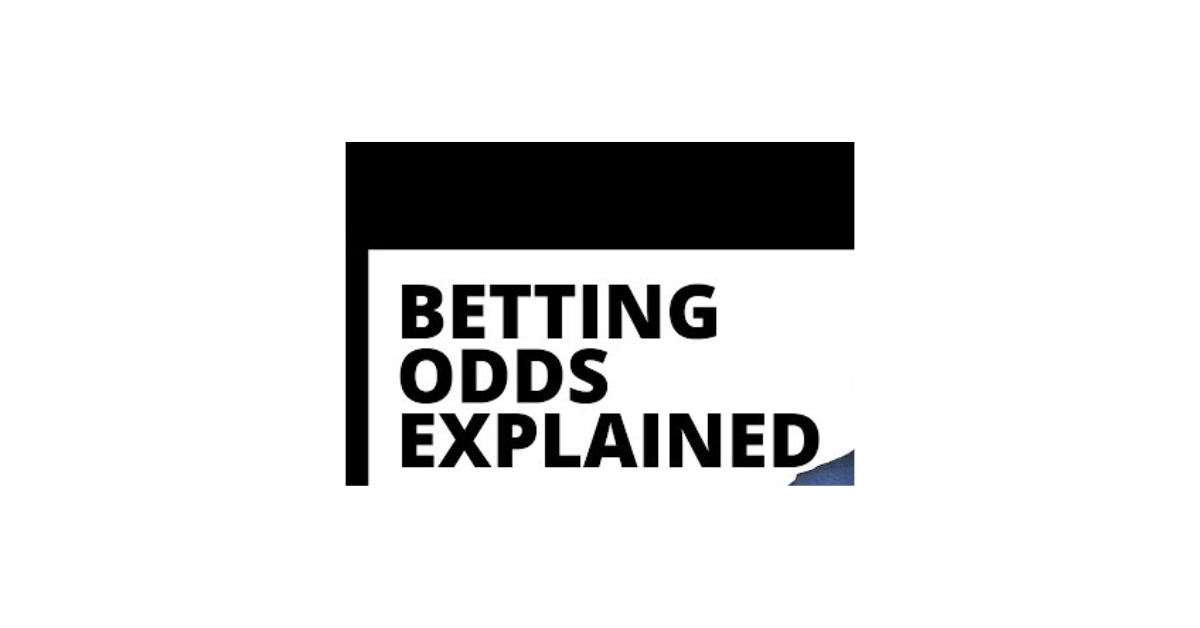Understanding Decimal Odds
Decimal odds are commonly used in Europe, Australia, and Canada. They are expressed as a numerical representation of the potential return for every unit staked. For instance, if the decimal odds are 2.50, it means that for every $1 bet, the potential return would be $2.50. In total, $3.50 would be returned including the initial stake.
Understanding decimal odds is relatively straightforward. The higher the decimal number, the less likely it is for that outcome to occur according to the bookmaker. On the contrary, lower decimal numbers indicate higher probability. For instance, decimal odds of 1.20 suggest a high probability of winning, whereas odds of 4.00 indicate a less likely outcome.
Understanding Fractional Odds
Fractional odds are often used in the UK and Ireland. They are displayed as a fraction, such as 3/1 or 5/2. The first number represents the amount you could win, while the second number represents the amount you need to bet to potentially win that amount. For example, if the odds are 3/1, you could potentially win $3 for every $1 you bet.
Understanding fractional odds is essential for making informed betting decisions. By knowing how to interpret these odds, you can calculate your potential winnings and make strategic bets. Additionally, understanding fractional odds allows you to compare different betting markets and make informed decisions on where to place your bets.
Understanding American Odds
American odds, also known as moneyline odds, are commonly used in the United States for sports betting. In American odds, a negative number represents the favorite to win, while a positive number represents the underdog. For example, if you see odds of -150, it means you would need to bet $150 to win $100. Conversely, if you see odds of +200, betting $100 would give you a $200 profit.
One key aspect of American odds is that they can be used to determine the implied probability of a team winning. To calculate the implied probability of a negative American odds, you can use the formula (-odds) / ((-odds) + 100). For positive American odds, the formula is 100 / (odds + 100). Understanding how to convert odds into implied probability can be helpful when making informed betting decisions.
Factors Affecting Betting Odds
One of the key factors that can affect betting odds is the overall popularity of a team or player. When a particular team or player is highly favored by the public, sportsbooks may adjust the odds to balance out the betting action. This is because sportsbooks aim to minimize their risk and ensure they make a profit regardless of the outcome.
Another factor that can influence betting odds is the availability of relevant information. Accessibility to up-to-date data, such as injury reports, player performances, and team statistics, can impact bookmakers’ odds-making process. The more comprehensive and accurate the information available to the sportsbooks, the more confident they can be in setting precise odds for a certain event.
Calculating Potential Payouts
To calculate potential payouts in sports betting, one must first understand the odds format being used. Decimal odds, fractional odds, and American odds are the most common formats used by bookmakers. Once the odds are identified, the calculation is straightforward. For decimal odds, simply multiply your stake by the decimal number to determine your potential payout – this includes your initial stake. For example, if you bet $50 on odds of 2.50, your potential payout would be $125 ($50 x 2.50 = $125).
Similarly, in fractional odds, understanding the ratio is key to calculating potential payouts. The first number represents the amount you will win from the bet, while the second number indicates the stake. To calculate your total payout, simply add the two numbers together. For instance, if you bet $20 on odds of 4/1, your potential payout would be $80 ($20 x 4 = $80). It is crucial to grasp the odds format and the corresponding calculations to make informed betting decisions.















